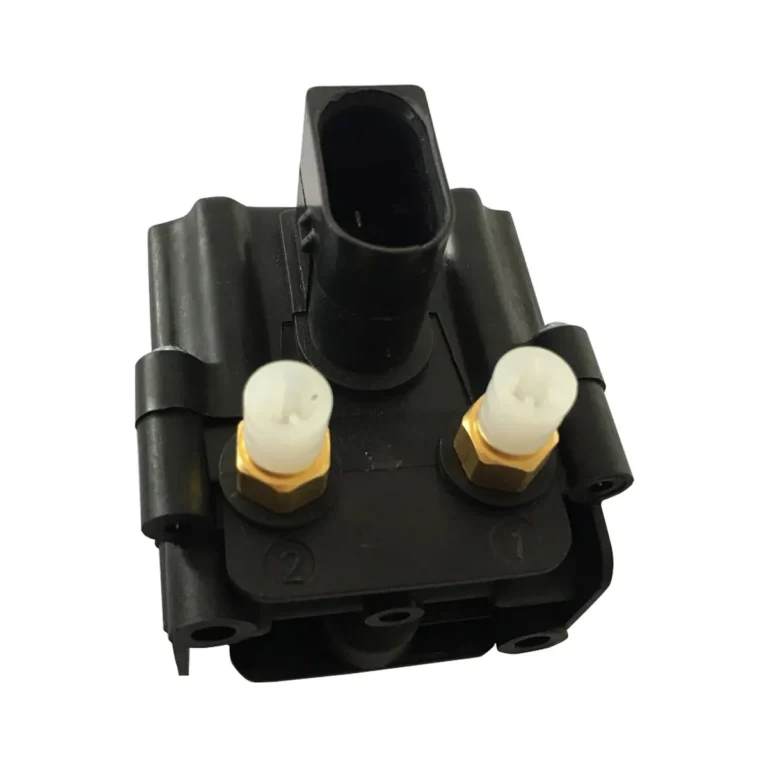The world of engineering is filled with marvels that often go unnoticed, and solenoid valve blocks are one such wonder. These components, though small in size, play a pivotal role in various industries, ensuring smooth operations and efficiency.
The Foundation
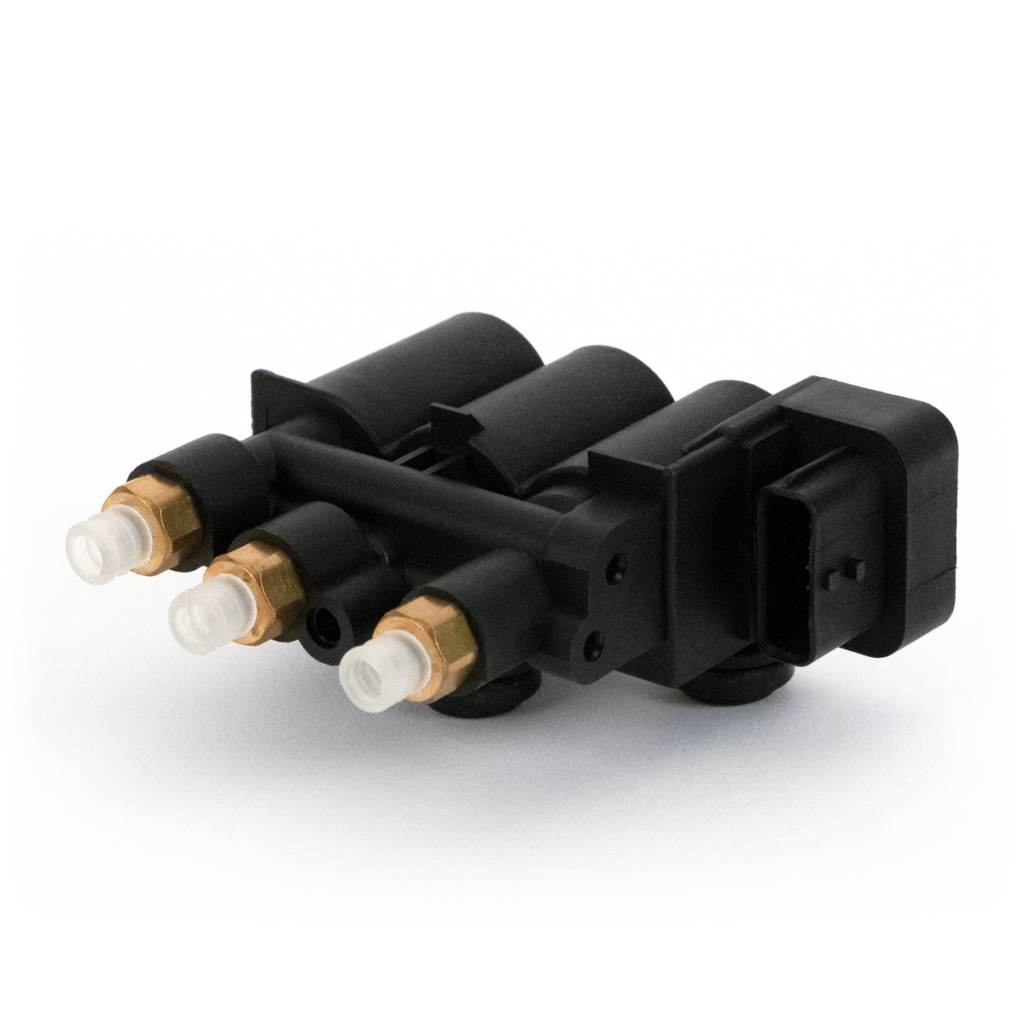
A solenoid valve block is an electromagnetic device designed to control the flow of fluid or gas. Its primary function is to distribute compressed air, especially in air suspension systems of vehicles.
The concept of using electromagnetic principles for controlling flow dates back several decades. Over time, these valve blocks have evolved in design, functionality, and application, catering to the ever-growing demands of modern industries.
Inner Workings
The solenoid valve operates based on electromagnetic principles. When energized, it creates a magnetic field that moves a plunger, opening or closing the valve.
The coil is responsible for generating the magnetic field when current passes through it. The plunger, on the other hand, is a movable component that reacts to this magnetic field, controlling the flow of fluid or gas.
The beauty of solenoid valve blocks lies in their precision. By manipulating the magnetic field’s strength and duration, one can achieve fine control over the flow, ensuring optimal performance.
The Versatility
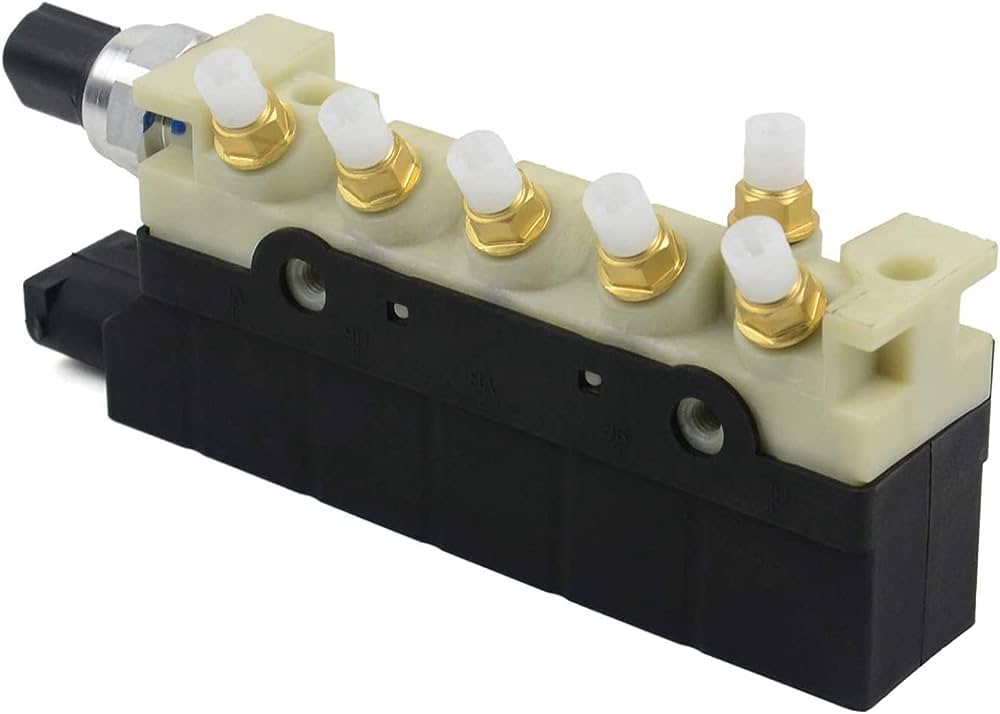
From automotive to healthcare, solenoid valve blocks find applications in a myriad of industries. One notable application is in the air suspension system of vehicles, where they plays a crucial role in maintaining ride height and comfort.
With solenoid valve blocks, controlling the flow of fluids and gases becomes a breeze. They offer quick response times and precise control, ensuring that systems operate efficiently and safely.
Design and Components
Typically made of robust materials to withstand the pressures and temperatures they encounter. This ensures longevity and reliable performance.
The arrangement of valves within the block is meticulously designed to ensure optimal flow and minimal resistance. This design intricacy ensures that the valve block performs at its best, even in demanding conditions.
For more complex systems, manifold designs come into play. These are essentially assemblies that house multiple solenoid valves, allowing for intricate flow control in sophisticated applications.
Electrical and Pneumatic Integration
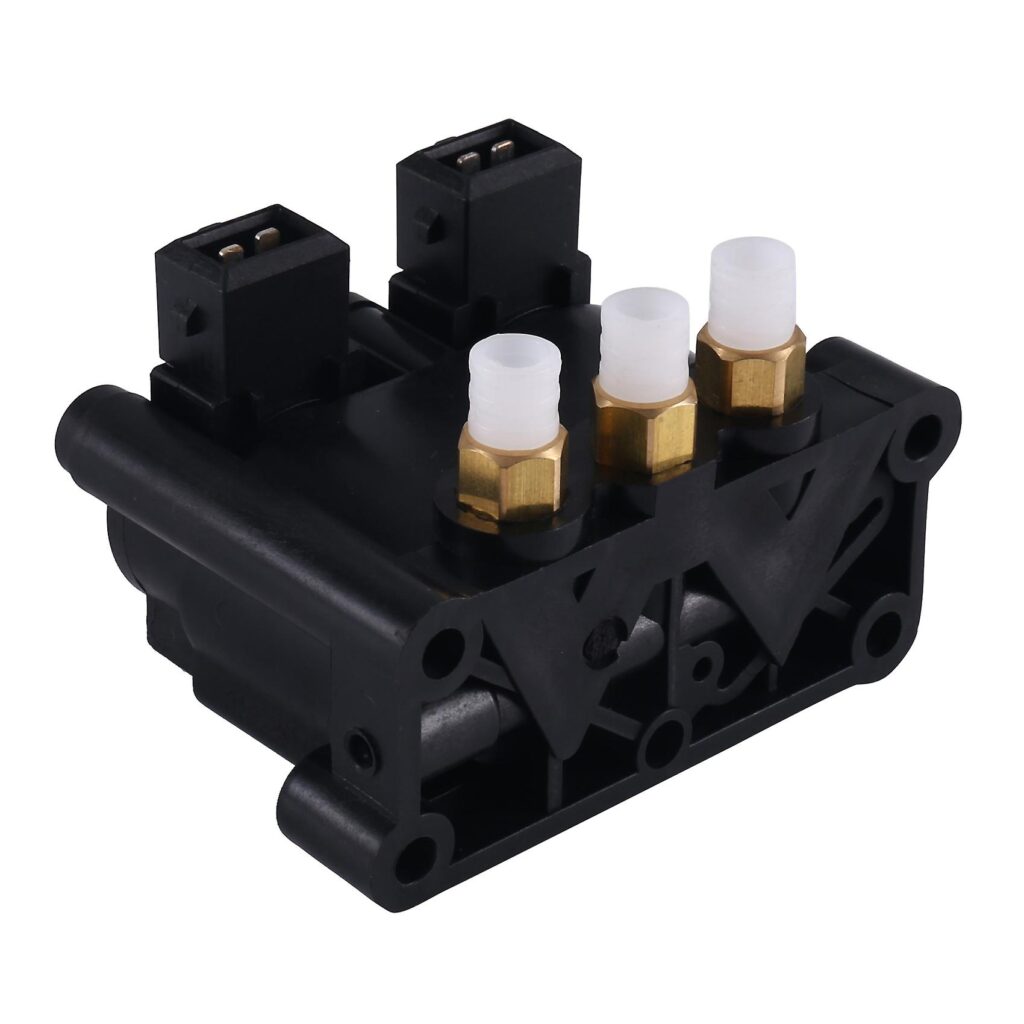
Wiring is a crucial aspect of solenoid valve block integration. Proper connections ensure that the valve receives the right amount of current to function optimally.
In many applications, solenoid valve blocks interact directly with pneumatic systems. For instance, the air suspension valve block on Vigorairride is a prime example of how these components play a pivotal role in maintaining vehicle ride height and comfort.
In today’s age of automation, they seamlessly integrate with advanced control systems, ensuring that processes are more efficient, reliable, and require minimal human intervention.
Pro Tip: Regular maintenance and inspection of solenoid valve blocks can prevent potential issues and ensure their longevity.
Catalysts for Efficiency
The efficiency of many systems, especially in vehicles, hinges on the rapid response of solenoid valve blocks. Their high-speed operation ensures that the required adjustments are made in real-time, enhancing the overall performance of the system.
By automating processes that once required manual intervention, these valve blocks pave the way for safer and more reliable operations. Not to mention, modern sunits are designed with energy efficiency in mind, ensuring that they consume minimal power while delivering optimal performance.
Maintenance and Troubleshooting
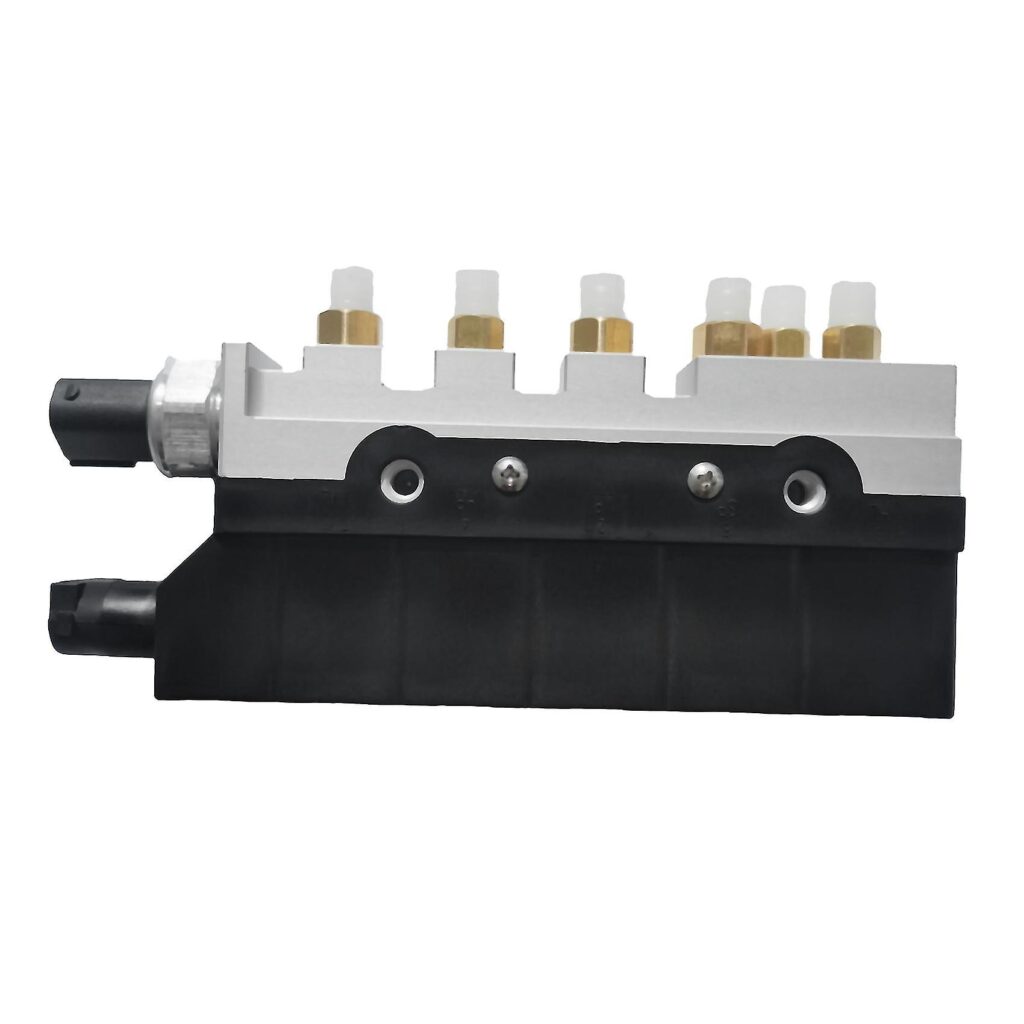
Every mechanical component faces wear and tear, and solenoid valve blocks are no exception. Some common issues include clogging due to external particles and leakage in the suspension valve manifolds. Regular inspections can help identify these problems early on, preventing potential damage to other components.
Emphasizing preventive maintenance measures, such as cleaning and timely replacements, can extend the lifespan of these valve blocks. When issues do arise, having a set of troubleshooting techniques at hand can be invaluable, ensuring that operations are not disrupted for extended periods.
Advancements and Innovations
The world of solenoid valve blocks is not static. With the rise of technologies like the Internet of Things (IoT) and Industry 4.0, these components are set to become even more sophisticated. Imagine a solenoid valve block that can communicate with other devices in real-time, making adjustments on the fly based on a plethora of data points.
As industries move towards more sustainable practices, the environmental considerations of these valve blocks will come to the forefront, pushing manufacturers to design eco-friendly yet efficient solutions.
Impact on Industries and Beyond
The influence of solenoid valve blocks extends far beyond their immediate applications. In the realm of industrial automation, they play a pivotal role in streamlining processes and enhancing productivity.
But their impact doesn’t stop there. Sectors like healthcare and transportation also benefit from the precision and reliability that these valve blocks offer.
As we look towards the future, it’s clear that solenoid valve blocks will continue to shape industries in ways we can only begin to imagine.
Appreciating Solenoid Valve Blocks
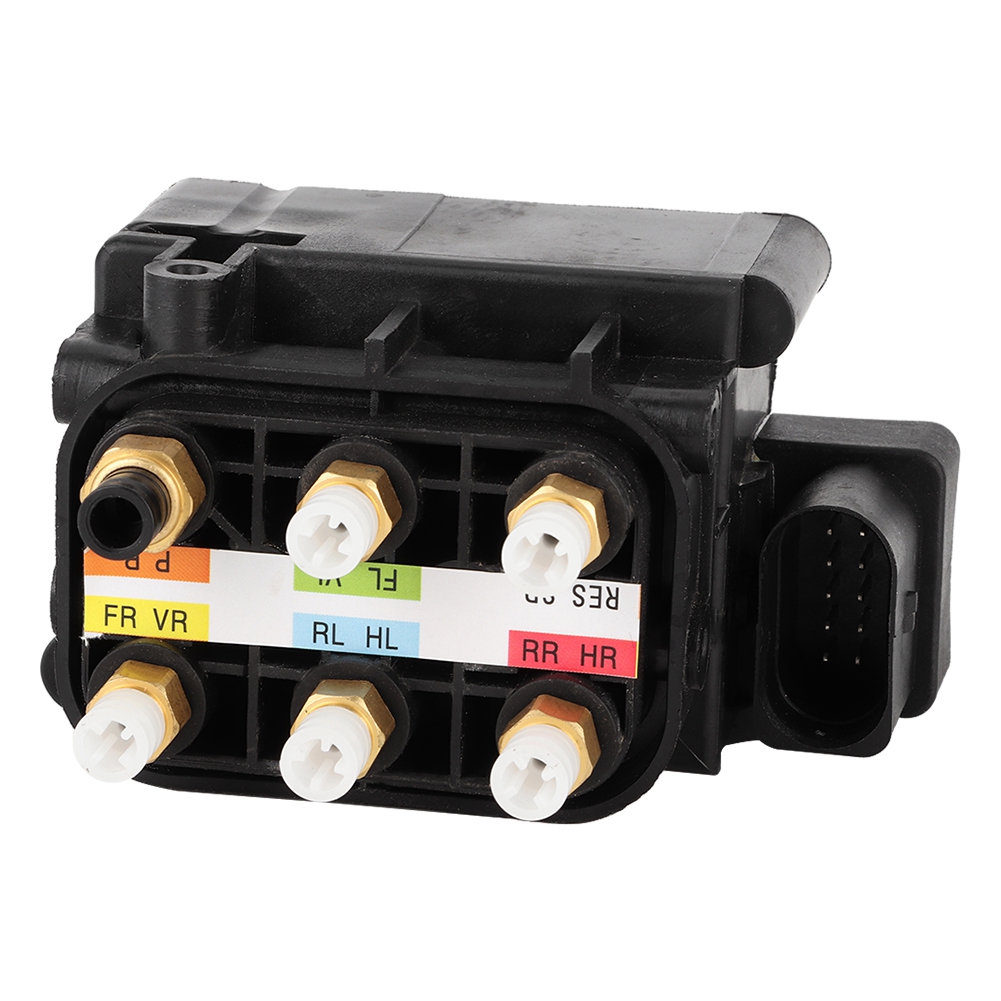
At the intersection of art and science lies engineering, and solenoid valve blocks are a testament to this fusion. Their intricate designs and precise operations are a marvel to behold.
Yet, their presence in our everyday lives often goes unnoticed. From ensuring a smooth ride in our vehicles to facilitating critical processes in industries, these valve blocks are everywhere.
As we unlock more possibilities with these components, it’s essential to take a moment to appreciate the genius behind them.
FAQ
What materials are commonly used in the construction of solenoid valve blocks?
Typically crafted from robust materials like brass, stainless steel, or plastic to ensure they can handle the pressures and temperatures they encounter in various applications.
How do solenoid valve blocks differ from regular valves?
They operate electronically, using electromagnetic principles. When energized, they create a magnetic field that moves a plunger, allowing for precise control of fluid or gas flow.
Are solenoid valve blocks suitable for both liquid and gas applications?
Yes, they are versatile and can be used to control the flow of both liquids and gases. Their design ensures quick response times and accurate flow control, making them ideal for a variety of industries.
How can one ensure the longevity of a solenoid valve block?
Regular maintenance and inspection are crucial. Keeping the valve block clean, free from external particles, and ensuring proper wiring can significantly extend its lifespan. Additionally, always refer to the manufacturer’s guidelines for specific care instructions.
Conclusion
Solenoid valve blocks, though small in stature, have a colossal impact on our world. Their intricate designs, coupled with their wide-ranging applications, make them indispensable in modern society.
As we continue to innovate and push the boundaries of what’s possible, these engineering marvels will undoubtedly be at the forefront, driving progress and shaping the future.

